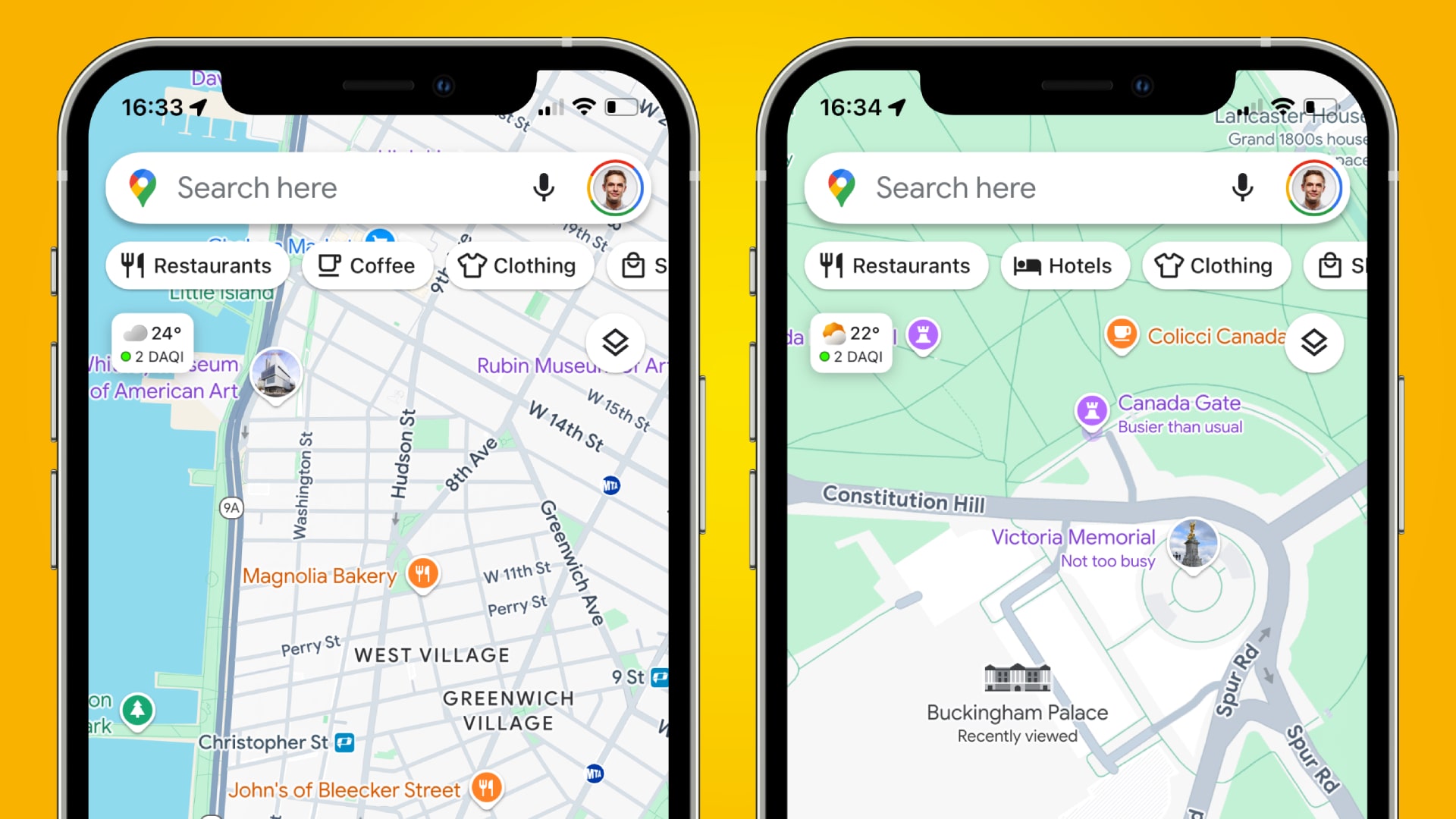iPhone Screenshots: New Google Maps Feature Raises Privacy Questions
Google's latest update to Google Maps for iOS introduces a seemingly innocuous feature: the ability to easily take screenshots directly within the app. While convenient for users wanting to quickly share locations or routes, this new functionality has ignited a debate about user privacy and data security, particularly concerning iPhone users.
The feature, which allows users to capture screenshots of their maps view without leaving the app, is undeniably useful. It streamlines the process of sharing information, making it easier to send directions or pinpoint specific locations to friends and family. However, the ease of this functionality raises concerns about what data is being captured and how it's being used.
The Privacy Concerns
The primary concern revolves around the metadata embedded within screenshots. While a simple screenshot might seem harmless, it can contain information beyond the visible map data. This potentially includes:
- Precise Location Data: Even if the screenshot is cropped, the underlying GPS data could be embedded, revealing the exact location where the screenshot was taken.
- Time and Date Stamps: The metadata may also include the time and date the screenshot was captured, adding another layer of potentially sensitive information.
- Device Information: Depending on the iOS version and app settings, metadata may reveal information about the user's device, such as the model and operating system.
These details, when aggregated, could be used to build a comprehensive profile of a user's movements and activities, raising concerns about potential stalking or targeted advertising. The lack of transparency regarding Google's handling of this metadata is further fueling these anxieties.
Google's Response (or Lack Thereof)
As of yet, Google has not issued a formal statement directly addressing these privacy concerns. This silence is contributing to the growing unease among users who are increasingly wary of data collection practices by large tech companies. The company's previous track record regarding user privacy doesn't exactly inspire confidence, leading many to question the true intentions behind this seemingly minor update.
What Users Can Do
While waiting for a clearer response from Google, users can take proactive steps to mitigate the risks:
- Be Mindful of What You Share: Avoid taking screenshots in sensitive locations, such as your home or workplace.
- Crop and Edit Screenshots: Carefully crop screenshots to remove any potentially identifying information before sharing them.
- Review App Permissions: Regularly review the permissions granted to Google Maps within your iPhone settings.
- Use Alternative Methods: Consider alternative methods of sharing location information, such as sending links to specific locations within Google Maps, which avoids the potential metadata issues associated with screenshots.
The Future of Privacy in Mobile Mapping
This incident highlights the ongoing tension between user convenience and data privacy in the world of mobile applications. As technology evolves, so too must our awareness of the potential risks associated with using these seemingly harmless tools. The lack of a clear response from Google underscores the need for greater transparency and stronger regulatory frameworks to protect user data in the increasingly interconnected digital landscape. The ongoing debate surrounding this new Google Maps feature serves as a crucial reminder of the importance of digital literacy and responsible data management in the modern age. We will continue to monitor this situation and update this article with any new developments.
Call to Action: What are your thoughts on this new Google Maps feature? Share your concerns and suggestions in the comments below. Let's discuss how to balance convenience with privacy in the digital age.

